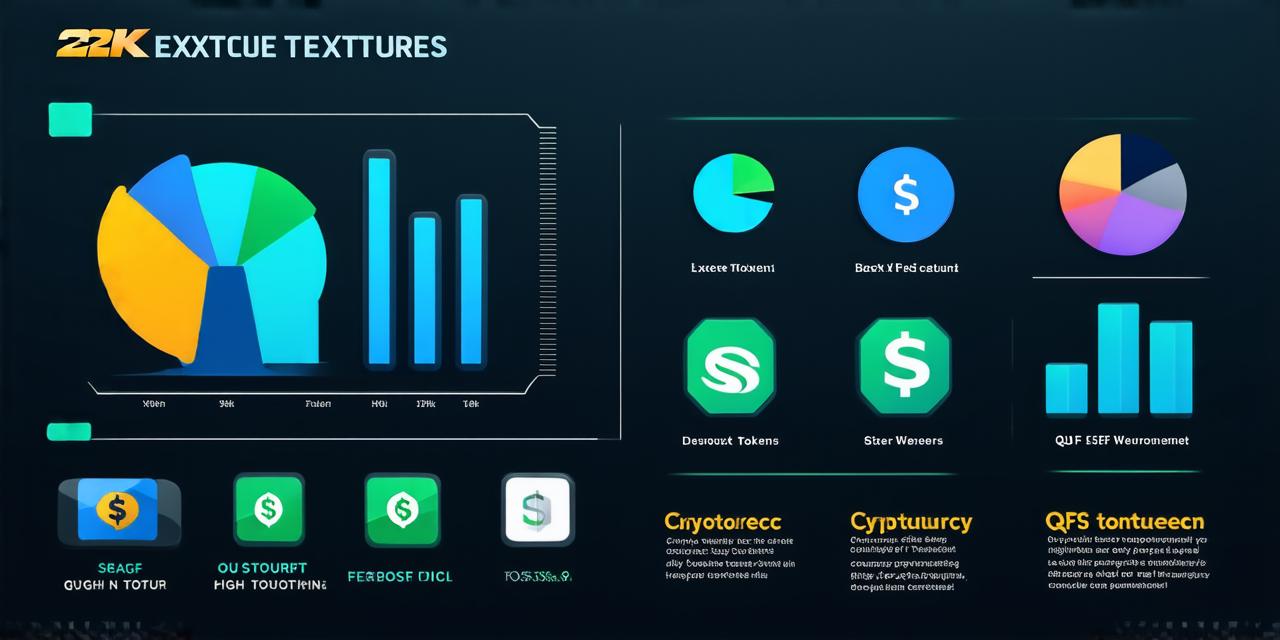Quantum File System (QFS) and Its Importance in the Crypto World
Quantum File System (QFS) is an innovative technology that has been developed to address the limitations of traditional file systems in the era of big data. QFS leverages the principles of quantum mechanics to enable faster and more efficient data storage and retrieval, making it an ideal solution for storing large amounts of data, such as images, videos, and other multimedia files.
What is QFS?
QFS stands for “Quantum File System”. It is a decentralized file system that leverages quantum computing to enable faster and more efficient data storage and retrieval. QFS uses the principles of quantum mechanics to store information in a way that is both secure and highly scalable. This makes it an ideal solution for storing large amounts of data, such as images, videos, and other multimedia files.
How does QFS work?
QFS works by using quantum bits (qubits) to store and retrieve information. Unlike classical computing systems that use bits represented as either a 0 or 1, qubits can represent both states simultaneously. This allows for the simultaneous processing of multiple data sets, which leads to faster computation times.
In addition, QFS uses a distributed network of nodes to store and manage data. Each node in the network is responsible for storing a portion of the data, and all nodes work together to ensure that the data is secure and accessible from anywhere in the world. This decentralized approach ensures that there is no central point of failure and makes QFS highly resistant to cyber attacks.
Benefits of QFS
One of the key benefits of QFS is its ability to store and retrieve data at incredible speeds. With QFS, users can access their files almost instantly, regardless of their location or network speed. This makes it an ideal solution for applications that require real-time data processing, such as autonomous vehicles and medical devices.
Another benefit of QFS is its security features. Because it uses a distributed network of nodes to store data, there is no central point of failure. This means that even if one node is compromised, the others can continue to operate without interruption. In addition, QFS uses advanced encryption techniques to protect user data from unauthorized access. This makes it highly secure and resistant to cyber attacks.
Drawbacks of QFS
While QFS has many benefits, it also has some drawbacks. One of the main challenges with QFS is its complexity. Because it uses quantum mechanics and distributed computing, it can be difficult for developers to understand how it works. This can lead to longer development times and higher costs.
Another challenge with QFS is its scalability. While it is highly scalable in theory, implementing it in practice can be challenging due to the complexity of the underlying technology. In addition, there are currently limited resources available for developing and maintaining QFS systems. This can lead to high development costs and slower adoption rates.
Real-life examples of QFS

Despite its challenges, QFS is already being used in a variety of applications. One example is the field of medical imaging. With its ability to store and retrieve large amounts of data quickly, QFS can be used to store medical images and other patient data in a secure and efficient manner. This can lead to faster diagnosis and treatment for patients.
Another example is the field of autonomous vehicles. QFS can be used to store and process real-time data from sensors and cameras on autonomous vehicles, allowing for faster and more accurate decision-making. This can lead to improved safety and performance on the roads.
FAQs
What is the main difference between QFS and traditional file systems?
The main difference between QFS and traditional file systems is that QFS uses quantum bits (qubits) to store and retrieve data, while traditional file systems use bits represented as either a 0 or 1. This allows for faster computation times with QFS. In addition, QFS uses a distributed network of nodes to store and manage data, making it highly resistant to cyber attacks.
What are the security features of QFS?
QFS uses advanced encryption techniques to protect user data from unauthorized access. In addition, its distributed network of nodes means that there is no central point of failure, making it highly resistant to cyber attacks. This makes QFS highly secure and suitable for storing sensitive data.
What are some real-life examples of QFS in action?
QFS is already being used in a variety of applications, including medical imaging and autonomous vehicles. In these applications, QFS allows for faster and more efficient storage and retrieval of large amounts of data, leading to improved performance and safety. As QFS continues to evolve and become more widely adopted, we can expect to see even more exciting use cases emerge in the future.
